BGI Research highlight
(2017). Pearl millet genome sequence provides a resource to improve agronomic traits in arid environments. Nat Biotechnol, doi: 10.1038/nbt.3943
- The ~1.79 Gb draft whole genome sequence of reference genotype Tift 23D2B1-P1-P5, which contains an estimated 38,579 genes.
- The substantial enrichment for wax biosynthesis genes, which may contribute to heat and drought tolerance in this crop.
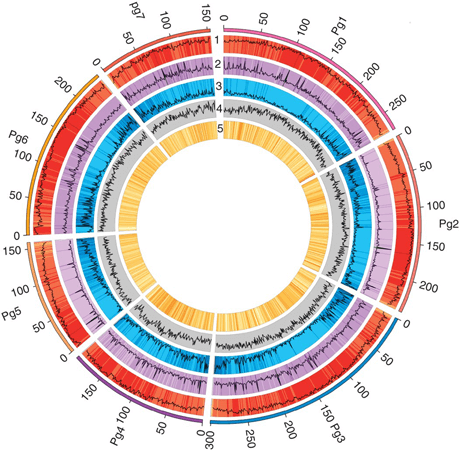
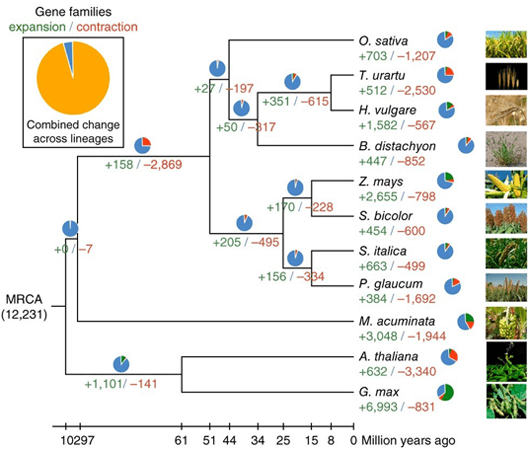
Latest Research
(2020). Genome of extreme halophyte Puccinellia tenuiflora. BMC Genomics. doi: 10.1186/s12864-020-6727-5
- The combined strategy of Illumina, PacBio, and 10× genomic technique was used to constructed the referene genome of the P. tenuiflora genome (2n = 14) through.
- Assembled 2,638 scaffolds with a total size of 1.107 Gb, contig N50 of 117 kb, and scaffold N50 of 950 kb.
- Predicted 39,725 protein-coding genes, and identified 692 tRNAs, 68 rRNAs, 702 snRNAs, 1,376 microRNAs, and 691 Mb transposable elements.

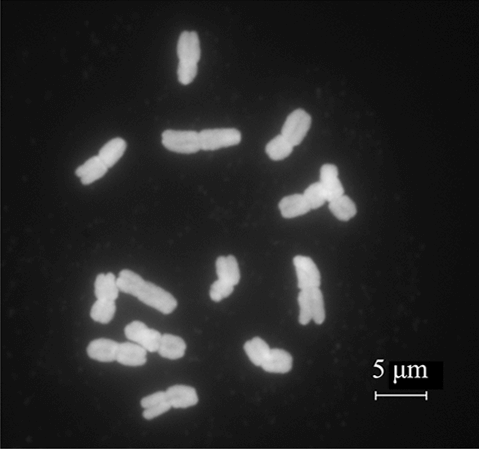
(2019). A draft genome assembly of halophyte Suaeda aralocaspica, a plant that performs C4 photosynthesis within individual cells. GigaScience. doi: 10.1093/gigascience/giz116
- Combined strategy of Illumina and Pacific Biosciences sequencing was appled to construct the genome assembly of S. aralocaspica with 467 Mb estimated genome size.
- The final genome assembly was 452 Mb, consisting of 4,033 scaffolds, with a scaffold N50 length of 1.83 Mb.
- 29,604 annotated protein-coding genes, 1,651 long noncoding RNAs, 21 microRNAs, 382 transfer RNAs, 88 small nuclear RNAs, and 325 ribosomal RNAs.
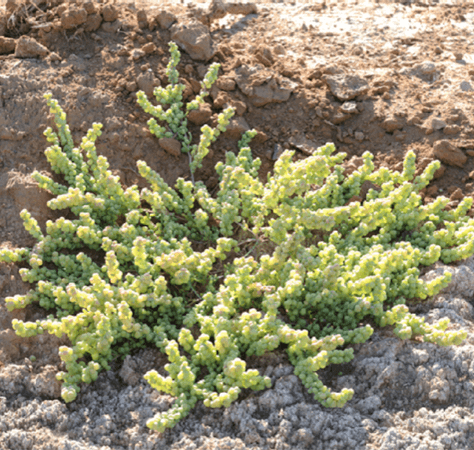

(2018). Draft genome sequence of first monocot-halophytic species Oryza coarctata reveals stress-specific genes. Scientific reports. doi: 10.1038/s41598-018-31518-y
- Oryza coarctata (KKLL; 2n = 4x = 48, 665 Mb) also known as Porteresia coarctata is an extreme halophyte species of genus Oryza.
- Using Illumina and Nanopore reads, we achieved the assembled genome size of 569.9 Mb, accounting 85.69% of the estimated genome size with N50 of 1.85 Mb.
- 33,627 protein-coding genes and 4,916 transcription factors revealed that high salinity adaptation of this species.
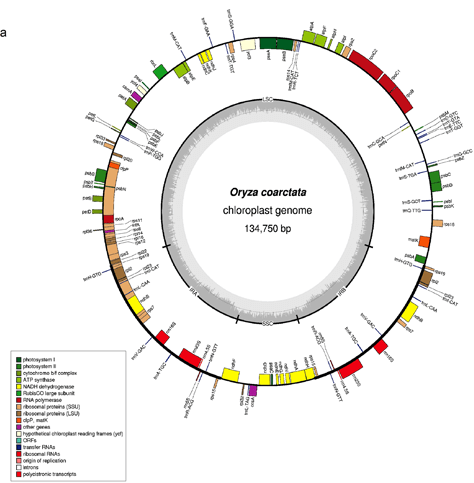
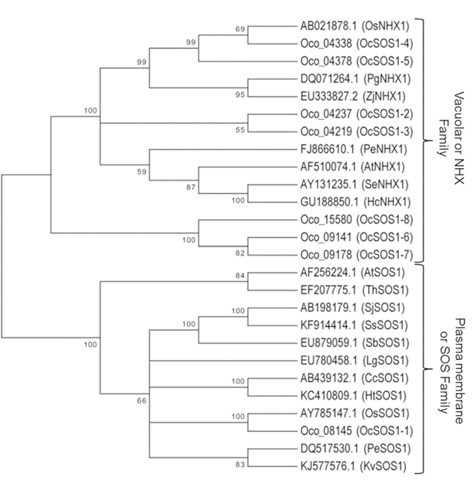
For more information, please contact: CNGBdb@cngb.org.
